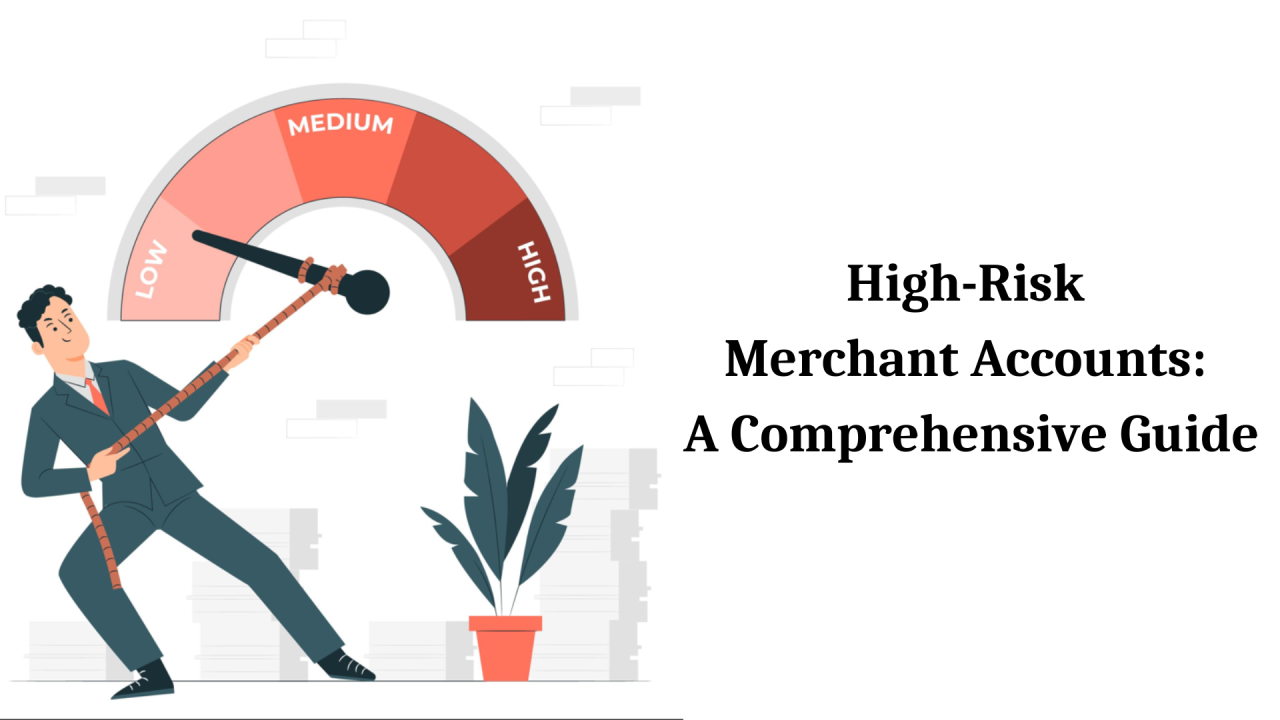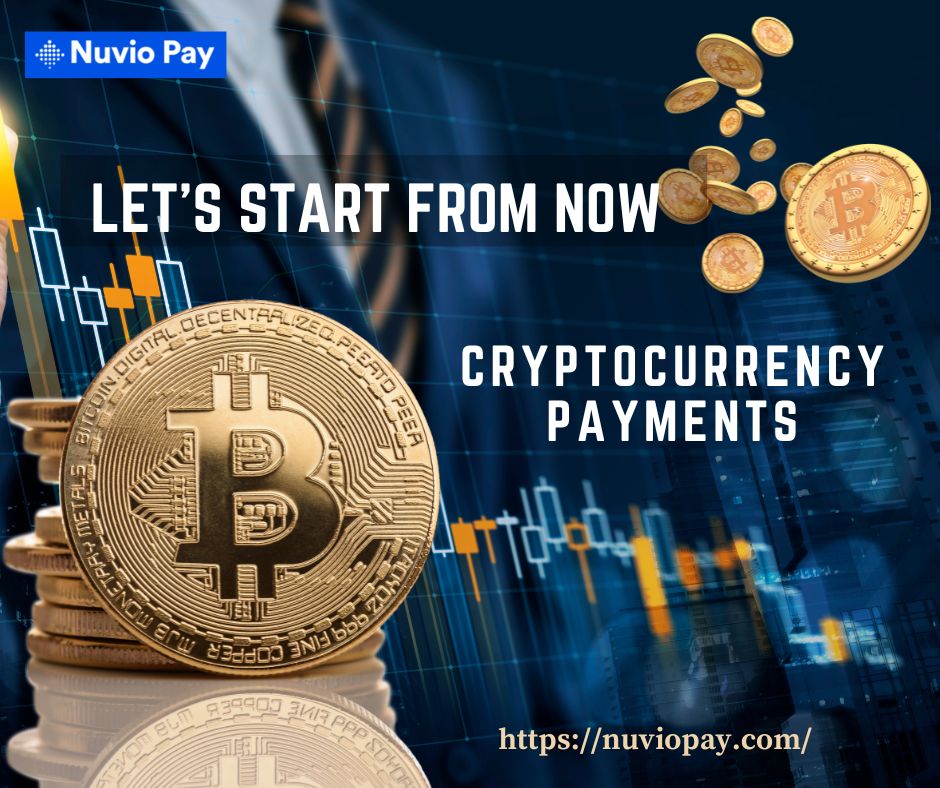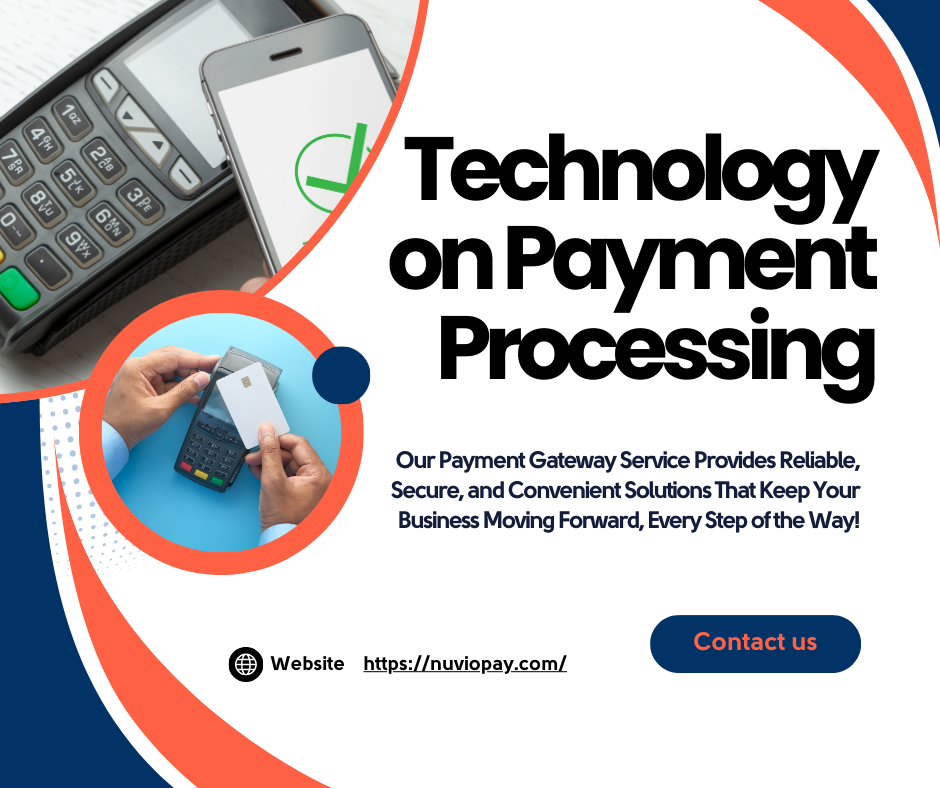As we are well aware, the online marketplace is based on a vast set of conveniences. One such convenience is the ease of payment. Have you ever noticed how smoothly the payment for online purchases takes place?
This simplified way is all due to the payment gateway APIs. Due to these APIs, you don’t even need to give your credit card details directly. And your payment is processed with security and convenience.
In simpler words, for instance, you’re browsing your favorite online store. You keep adding trendy sneakers to your cart. At checkout, you enter your payment information securely and click “confirm.”
A few moments later, a confirmation email arrives for your payment. This seems like an effortless transaction. But this involves complex communication between the online store, your bank, and an important middleman—the payment gateway.
The Payment Gateway: Simplifying Transactions
Think of a payment gateway as a secure bridge. Now, what this bridge does is connect the online merchants with payment processors and, finally, your bank. Thus, it acts as a trusted middleman.
This intermediary handles sensitive financial data. This also ensures a smooth flow of information during online transactions. But how does this smooth process happen? This is where APIs (application programming interfaces) enter.
Payment Gateway APIs: The Code That Makes Payments Flow
Now the question arises: What are APIs? APIs are nothing but a set of instructions and standards. These allow different software applications to communicate with each other smoothly.
Payment gateway APIs provide a structured way for online businesses (through their websites or apps). Hence, the business can interact with the payment gateway’s system. Let’s see how it works:
1. Initiating the Payment Process:
It starts when you click “pay” on any e-commerce website. With your click, an API call is triggered. This trigger is from their platform to the payment gateway. Then this call transmits your order details and payment information securely.
2. Verification and Processing:
Until now, the payment gateway has received the API call. Then it verifies your payment information with your bank using secure protocols. It then interacts with the payment processor (like Visa) to authorize the transaction.
3. Communication and Confirmation:
After you make a payment and it’s approved, the payment gateway sends messages to confirm it. These messages go to both the seller and your bank. Then, you’ll get an email or notification confirming the payment. This gives the seller permission to send you what you ordered.
Benefits of Payment Gateway APIs for Businesses
Payment gateway APIs offer a plethora of benefits for businesses of all sizes.
Simplified Integration:
APIs help businesses connect to payment gateways easily. Thus, making the transactions smoother. So, you don’t need any complicated coding. The sensitive financial data is encrypted during transmission. Thus, your customers’ information is completely secure.
Increased Payment Options:
Many APIs allow your business to offer a wider range of payment methods to customers. This includes card options like credit cards and debit cards. APIs also cover e-wallets and even alternative payment solutions.
Streamlined Operations:
Payment processing workflow is divided into many parts. And APIs automates an important part of this workflow. This then frees up your team to focus on core business activities.
Real-Time Transaction Tracking:
APIs let you see transaction info right away that means in real time. And they also give you tools to make reports. This means you can keep an eye on sales as and when they happen.
With this information, you can spot patterns and make smarter business choices.
Getting Started with Payment Gateway APIs: A Step-by-Step Guide
With all the above mentioned information you know all the important things about APIs. So, it’s time to move to the next step and apply it. Here are the key steps to follow in order to use payment gateway APIs in your online business
Pick a good payment gateway:
With lots of options available, pick a payment gateway provider you can trust. Look for ones with safe APIs that fit your business needs. Consider stuff like fees, which payment methods they accept, and if they provide support for developers.
Review API documentation:
Payment gateways often offer complete API documentation. This explains the functions and provides details about how to use APIs. This documentation also tells the right format for making API calls.
This document serves as your roadmap for adding the API to your system.
Set up a developer account:
Many payment gateways offer developer accounts, or sandboxes. These accounts let you test and try out their APIs before using them on your real website.
Integrate the API:
Use the documentation provided along with your chosen programming language. Start adding the API to your website or app. This means writing code to handle all the steps involved in using the payment gateway.
Testing and Deployment:
Test your integration thoroughly before the launch. Remember to make sure everything works smoothly. If you run into any issues, fix them. Once you’re confident everything works, apply the API to your live platform and begin accepting payments!
NuvioPay: Your Trusted Partner for Seamless Payment Integration
NutvioPay is the right partner for your API payment service. It completely understands that businesses need to be easy to use and secure. That’s why they made their payment gateway APIs simple to add to your system.
- Clear and complete documentation with detailed guides.
- Supports many programming languages.
- Security features are built-in safety features for protection.
- Expert help at every step.
- The compatibility is quite seamless.
What to take home?
In conclusion, by understanding and utilizing payment gateway APIs effectively, businesses can exponentially grow. They can unlock a world of possibilities. Their operations will be narrowed down and made simpler.
Businesses will be able to offer a secure and convenient payment experience for their customers. And NuvioPay is here to be your trusted partner in this journey. You can contact them today to learn more about their payment gateway solutions and how their APIs can assist your online business!






